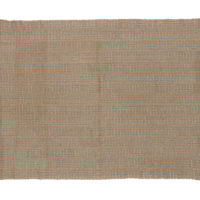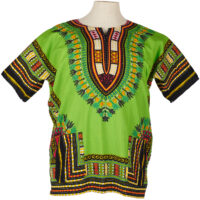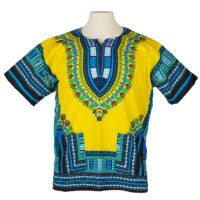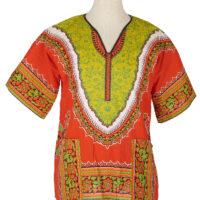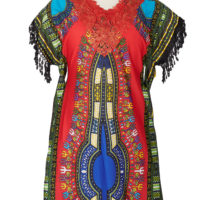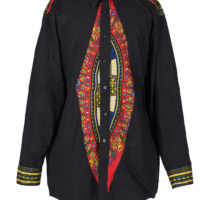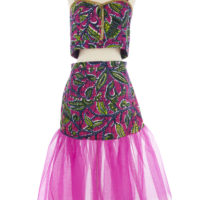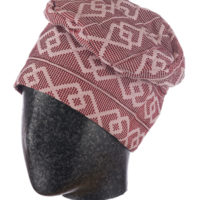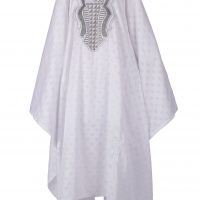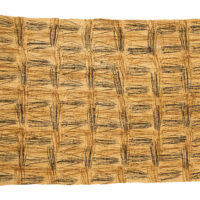
R6139/2 Textile; Bogolanfini; Mudcloth
Bogolanfini, or mudcloth, is a Malian textile dyed using complex techniques and distinctive patterns. The cloth is traditionally made by men and dyed by women, using yellow and black dyes, and bleach to strip areas of colour away. This example was made around 1970. Collected as part of the Fashioning Africa project. Creator: unknown Place: Read More …
